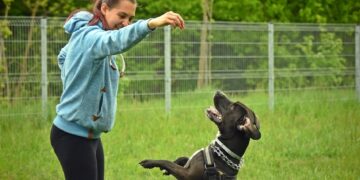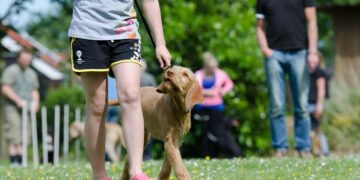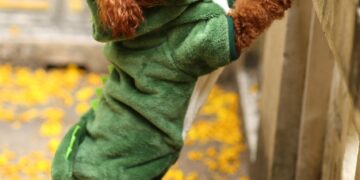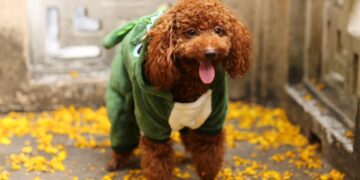Perfect Puppy Leash Training Techniques: A Comprehensive Guide
Leash training your puppy can be both a challenge and a joyful bond-building experience. The key lies in implementing tried and tested techniques that ease your puppy into leash training while ensuring the process is as stress-free as possible. This guide covers essential strategies to help you effectively leash train your puppy, ensuring safety, enjoyment, and a well-behaved furry friend.
Introduction to Leash Training
Leash training is crucial for any puppy to learn. It not only prevents them from getting into dangerous situations but also enhances their social skills and obedience. Starting early can make walks and public outings pleasant and secure experiences for both you and your puppy.
Choosing the Right Leash and Collar
Before diving into training techniques, it’s essential to select the appropriate gear. For most puppies, a lightweight, flat nylon or leather leash, and a comfortable, well-fitting collar should be adequate. Some trainers recommend a harness for puppies who pull aggressively or those prone to neck injuries.
Adjustable Collars and Harnesses
Consider adjustable collars, particularly for growing puppies, to ensure continued comfort and security as they grow. The collar should fit snugly without choking, ideally allowing two fingers to slip easily under the band.
Introduction to the Leash
Step-by-Step Acclimatization
- Introduce the Leash and Collar Early: Familiarize your puppy with their collar and leash by letting them wear the collar initially for short periods around the house.
- Associate the Leash with Positive Vibes: Incorporate treats and playtime while your puppy wears their leash and collar to create positive associations.
Basic Leash Training Techniques
Guided Learning
Begin indoor leash training where there are fewer distractions, guiding your puppy gently, and encouraging them to follow you with treats and praises.
Short and Sweet Sessions
Keep training sessions short to maintain your puppy’s attention and enthusiasm. A session length of 5-10 minutes is recommended initially.
Gradual Progression
Gradually introduce more challenging environments like your backyard or quiet outdoor areas once your puppy shows comfort and obedience indoors.
Addressing Common Challenges
Puppies often face issues such as pulling on the leash, becoming easily distracted, or showing fear and resistance. Here’s how to navigate these challenges smoothly:
Dealing with Pulling
If your puppy starts pulling, stop walking immediately. Resume only when the leash is slack. This teaches them that pulling won’t get them anywhere faster.
Distraction Management
Introduce distractions at a manageable level, and use treats to maintain focus and reinforce good behavior in the presence of distractions.
Overcoming Fear and Resistance
Ensure all leash experiences are positive. If your puppy resists, take a step back to a more comfortable scenario and gradually build up their confidence again.
Advanced Techniques for Perfect Leash Manners
As your puppy masters basic leash skills, you can introduce more advanced techniques to refine their leash manners.
Heel Command
The ‘heel’ command keeps your puppy close to your side, instead of pulling ahead or lagging behind. Begin this training in a distraction-free area to establish the behavior.
Sit and Stay
Teach your puppy to sit and stay while on the leash, especially at crossings and when there are distractions. This can enhance safety and control.
FAQs in Leash Training
How long does it take to leash train a puppy?
The time it takes can vary widely depending on the training consistency, the puppy’s temperament, and how early you start. Typically, basic leash manners can be established within a few weeks of regular practice.
What should I do if my puppy completely refuses to walk?
Sometimes a puppy may sit down during a walk and refuse to move. Encourage movement with a cheerful voice and treats. Make sure the leash and walk are not causing discomfort or fear.
Conclusion
Leash training is a fundamental part of your puppy’s development, crucial for their safety and behavior. With the right techniques, consistent practice, and a lot of patience, your puppy can master excellent leash manners, making the walks enjoyable and stress-free for both. Remember, every puppy is unique, and flexibility in your approach will help you respond better to your puppy’s individual needs.














































